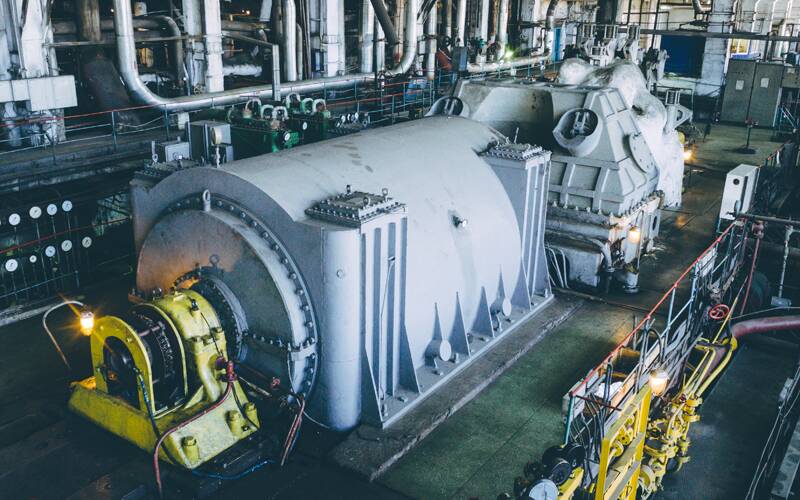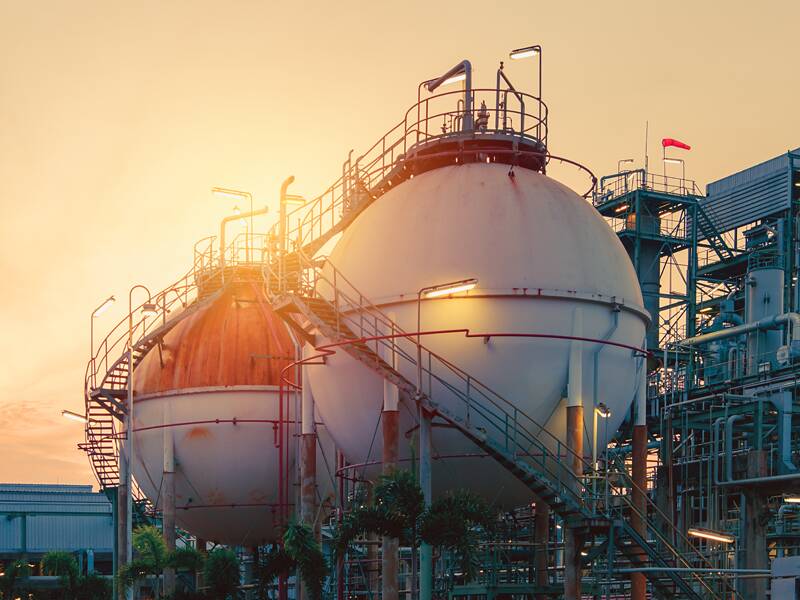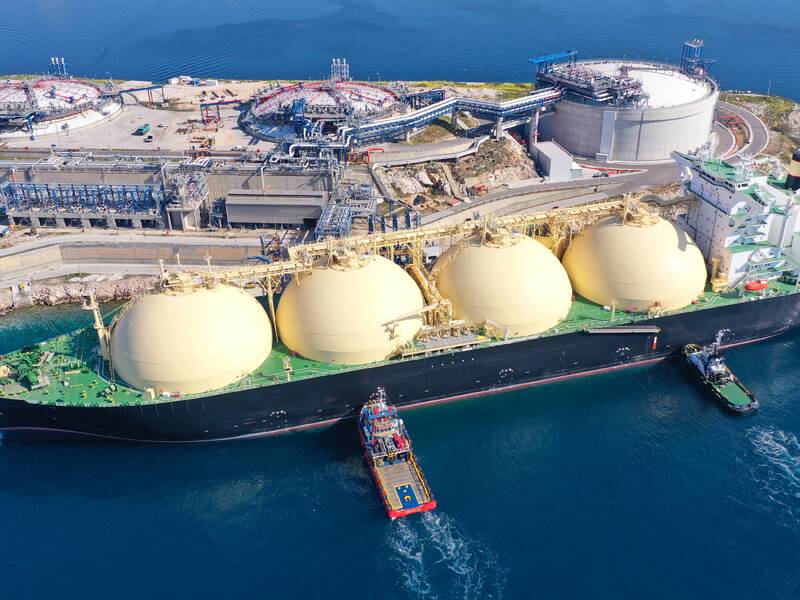
Clean hydrogen can be produced whenever the power from renewables is available for water electrolysis. Wind and solar power generation in particular can be intermittent or variable. On the grid, the electricity generated may be needed to meet demand from utility customers at peak times, but is surplus when demand is low.
RuggedCell™ water electrolyzers offer the advantage of flexibility: they can be “switched on” when surplus (and normally lower cost) electricity is available; and “switched off” when electricity is needed elsewhere. Similarly, electrolyzers can be used off-grid to generate clean hydrogen when clean electricity can be produced.
Clean hydrogen can be blended with natural gas using either surplus or dedicated renewable electricity. This can reduce the carbon intensity of natural gas.
Energy importing nations like Japan and South Korea are now seeking to transition from natural gas and other carbon-based imports to clean hydrogen. The hydrogen will be used to generate electricity and directly fuel other applications. Some communities in these countries are constructing hydrogen distribution infrastructure to heat homes and for other residential applications.


